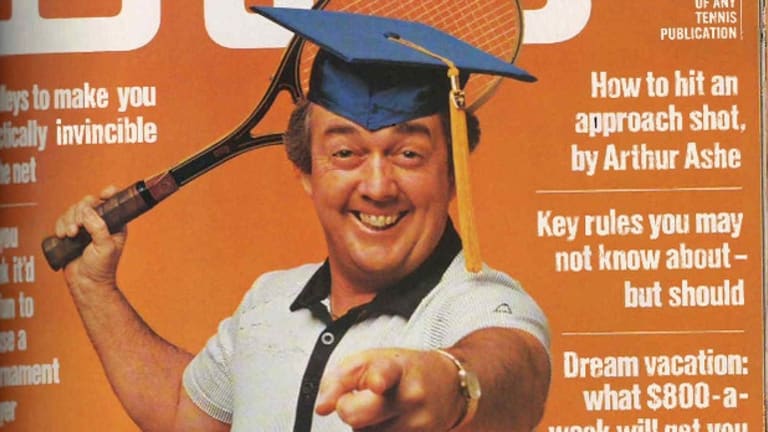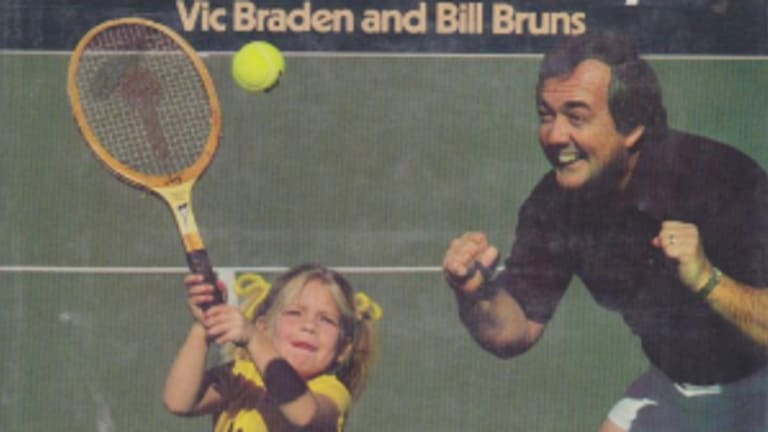This piece was initially published on April 16, 2015, when we marked the 50th anniversary of TENNIS Magazine's founding in 1965. This was one of the 50 moments that commemorated the occasion. Braden will be inducted into the International Tennis Hall of Fame posthumously on Saturday.
Vic Braden wasn’t drawn to tennis by watching the pros play. He wasn’t inspired by the elegance he saw in their strokes. And he didn’t play because his parents had played before him; Braden’s father was a coal miner who wasn’t a member of the country club in Monroe, Mich., the blue-collar town that the family called home.
Braden was hooked by the smell of tennis.
One day when he was 11, young Vic walked past the local public courts, on his way to play in a football game. At that moment, someone was opening a can of balls.
“You could hear the fizz,” Braden recalled in a 1989 interview with Time. “I could smell the rubber. It was an amazing kind of olfactory thing. I made up my mind I wanted one of those things.”
The next day Braden returned to the courts. Or at least he lurked in their vicinity, waiting for an errant stroke to send a ball sailing over the fence. When the facility’s tennis director, Laurence Alto, caught Braden trying to make off with one, he told him, perhaps with a hint of a smile, “You’re going to jail—or you’re going to learn this game.”
Braden, who died of a heart attack at age 85 last October, would never stop learning this game. Even as his health declined in recent years, he was still trying to plumb the depths of the sport he loved. More important for tennis, though, was how he taught it.
For most Americans, Braden will forever be recalled as the friendly face of the tennis boom. Through his traveling “tennis college,” his accessible instructional books and articles, his nationally televised teaching program on PBS, and his high-tech Green Valley resort in Utah, Braden made himself into a real life pied piper of tennis.


